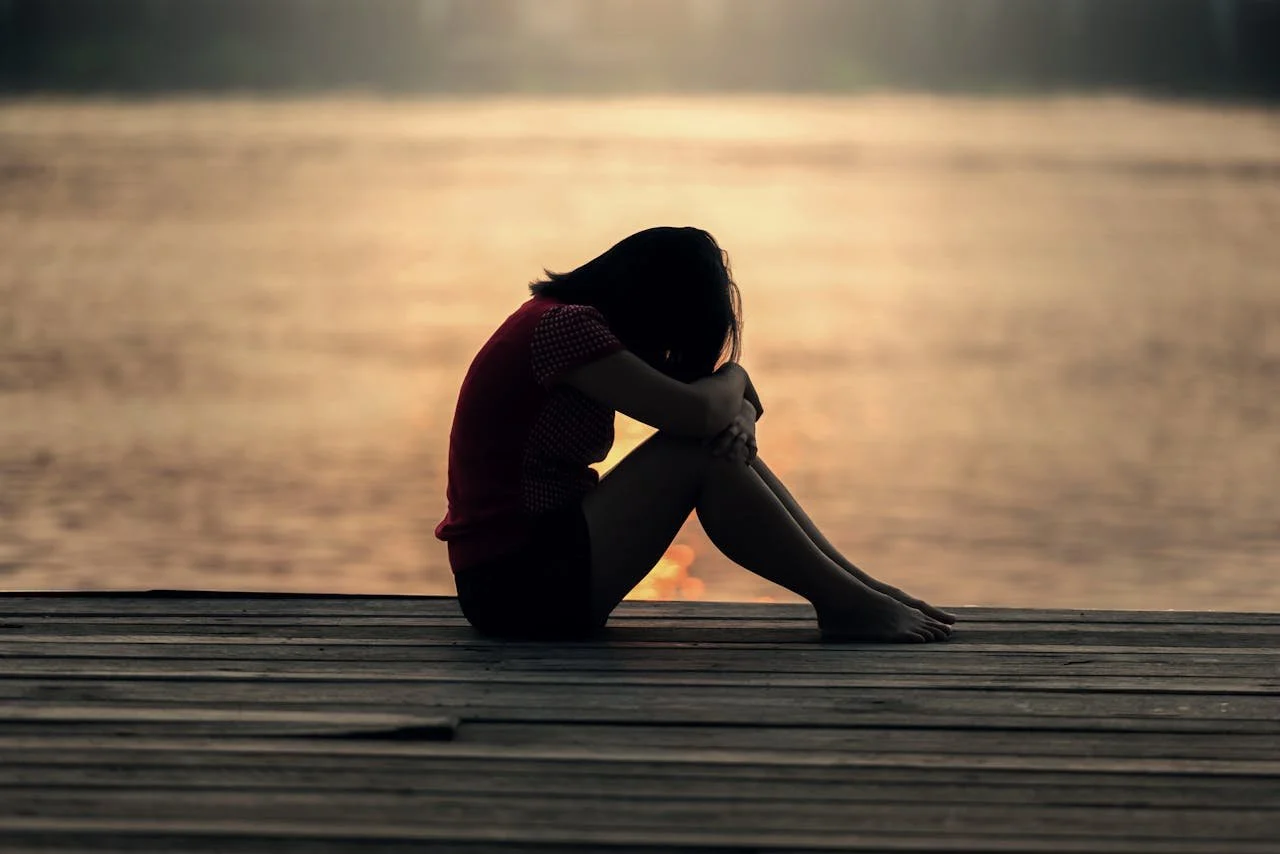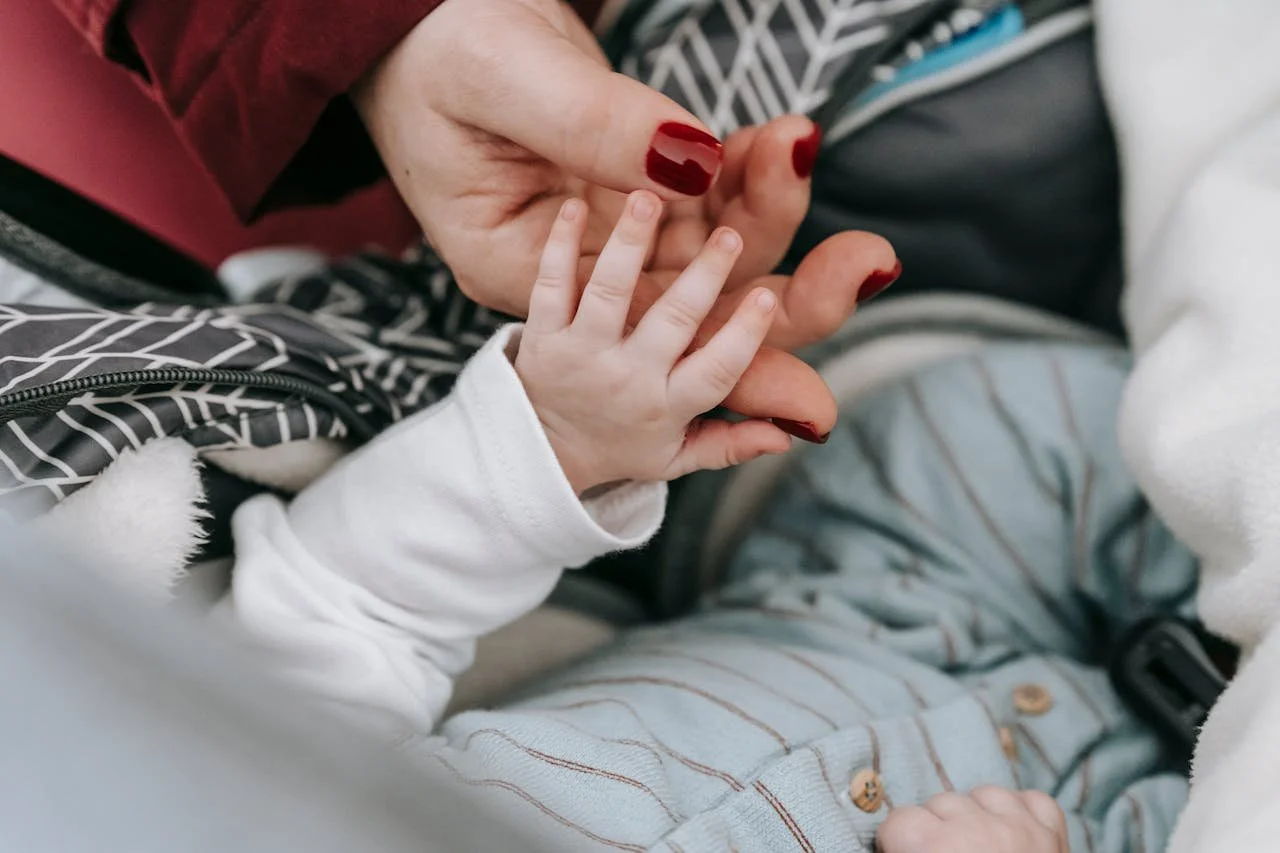Many countries, particularly the Western countries such as the United States and Australia focus a lot on the actual birth and birthing process when it comes to expecting mothers. In recent decades healthcare systems around the world have come a long way to further develop and better services to cater to the needs both, of the baby and its expecting mother, this includes more regular midwife check-ins, advice on both diet and exercise, plus the provision of mental health care.
However, post-birth, many mothers are often left to fend for themselves. For a country like the United States, which leads the world in healthcare spending per capita, this is just unthinkable. In this article, we will explore how other cultures and groups approach postpartum practices and rituals, as a way for baby and mum to connect, develop a bond and continue to recover post-birth.
While we are not pushing one avenue over another, or arguing there is a right or wrong way of approaching postpartum practices, there indeed are some benefits from learning from others and the way they approach the post-birth period.
Preparing for Postpartum Life
In Australia, we heavily focus on and emphasise the pre-birth, the pregnancy and the birthing period and don’t focus on the post-birthing period.
You might be surprised to learn that other countries focus more on the post-birthing process and preparation rather than the ‘baby showers’ that are more common to us.
In Spain, for instance, mothers are given the cartilla de embarazo (pregnancy card, or passport), which tracks progress and plans for postpartum care through a monthly check-in with a community midwife.
In the Netherlands and Belgium, families receive help from week 34 onwards.
Finland is well-known for its famed maternity package. From week 22, each expectant mother can apply for a care package, provided at no cost through the country’s excellent social security system. Each box (which can also be used as a bed for the newborn!) contains 63 essential care items for the baby.
As you can see, the care offered differs from country to country, but the common and underlying theme is the focus on post-birth care for both baby and mother.
Building Community
A common trend we have seen emerging over the past decade or so in Western countries is the increasing problem of loneliness. Western cultures often tend to focus on consumerism, individual achievements and status through career or money, putting family and friendships in second place. According to the Australian Psychological Society, 1 in 4 of Australians feel lonely.
In Iceland, the tradition of rúntur helps ward off a family’s isolation following birthing, and it’s also believed to bring good luck. Parents introduce the baby to their wider community during this process, integrating the new member and creating a support network for the baby and mother.
In South Africa’s Xhoka culture, imbeleko can be directly translated as the physical act of giving birth. However, its true meaning reflects how pregnancy is seen in the community. In the traditional ceremony, the umbilical cord and afterbirth were introduced to ancestral grounds and buried, together with the elders and the wider community members.
Rest and Support
Alarmingly, in the United States, 25% of women return to work within two weeks. In Australia, the legalities are a little better, however, we see mothers returning to work within three (3) months post-birth.
However, most are still left to fend for themselves. This can be challenging, both physically and emotionally. Many other countries understand the toll pregnancy takes on a woman, and how difficult those early months can be.
Latin American countries understand this, with many adopting a period known as la cuarentena. During this period, women are encouraged to focus on themselves, resting, taking care of the baby and bonding with the baby.
Household duties, or chores, are left alone or are simply completed by other relatives. In addition, the midwife takes a very active role during these early stages, visiting frequently to ensure both the baby and mother are progressing well.
Japan follows a similar suit. Japanese mothers often return to their childhood homes for several months, with care from family allowing both mother and baby to recover, stay healthy and thrive.
Tradition and Custom
As noted, many groups focus on tradition and custom post-birth. For many Native American tribes, for example, ceremony is an integral part of the postpartum process.
These “lying in” ceremonial periods allow tribes to honor traditional rites of passage, an important process for local communities. In addition, these also have health benefits. Sweat lodges, for example, are designed to purify the body, mind and soul. Many women report that they feel serenity, connect with other women and feel a positive mental re-boost after a season at the spa.
Of course, these rituals should only be practised under the guidance of a medical health professional. In 2009, a self-styled guru conducted an unsupervised sweat lodge ceremony, which led to three deaths and many more hospitalised. It’s a stark reminder that we should always consult professionals first, and ensure that traditional ceremonies we choose to partake in place consider the medical implications also.
Nevertheless, such tragic occurrences are minor, and traditional ceremonies can help connect us with our ancestry, build networks with peers, and feel more serene and calm following childbirth.
Postpartum Practices Are Super Important
The key takeaway message we want to give you is to focus on the postpartum process, giving it equal weighting to the pregnancy itself. It’s natural to worry about childbirth, of course, but once the baby is born the journey is just beginning!
Our Western values have given us clear benefits, with medical advances and a deeper understanding of mental health leading to fantastic birthing results on the whole. However, there is still much progress we can make on ensuring mothers and babies are given the care they need and deserve following childbirth.





